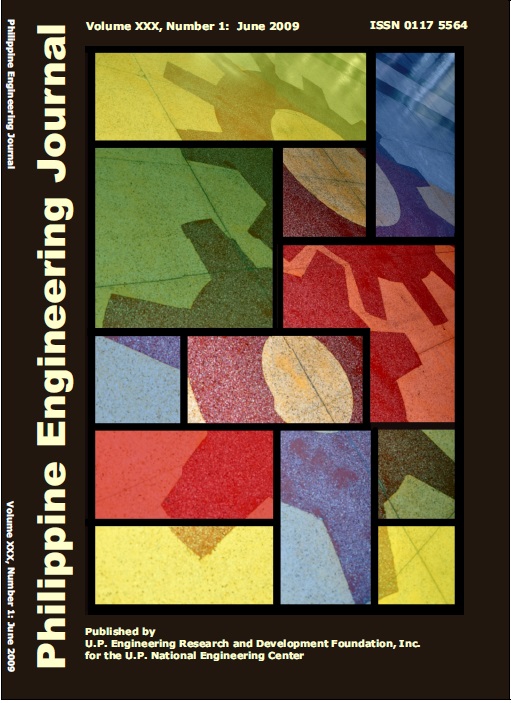Water Quality Modeling of Laguna De Bay With Emphasis on Salinity, Dissolved Oxygen and Biochemical Oxygen Demand
Abstract
Laguna de Bay is the largest and most vital inland body of water in the Philippines. The lake has been used for different purposes such as fisheries, power generation, transportation, reservoir for floodwater, water supply for irrigation, recreation, industrial cooling and potential raw water supply for drinking water. Due to population growth, deforestation, land conversion, urbanization and industrialization over the past decades, its water quality has deteriorated steadily. Conflicting uses of this water resource must be resolved to ensure the sustainable development of Laguna de Bay.
The water quality of Laguna de Bay was modeled using Delft3D software developed by WL\Delft Hydraulics of Netherlands. This work demonstrated the set-up, calibration and validation of the water quality model focusing on three state variables- salinity, dissolved oxygen and biochemical oxygen demand. The water quality data monitored by Laguna Lake Development Authority in different stations on the lake were used to calibrate and validate the model for the period 1995-1999. The model inputs consist of hydrodynamic model result for the advective transport of substances, waste load model result for the pollution loads from the watershed and other GIS-processes input data. The calibration of the water quality model in terms of salinity, dissolved oxygen and biochemical oxygen demand was satisfactory after comparing the model results and observed values.


